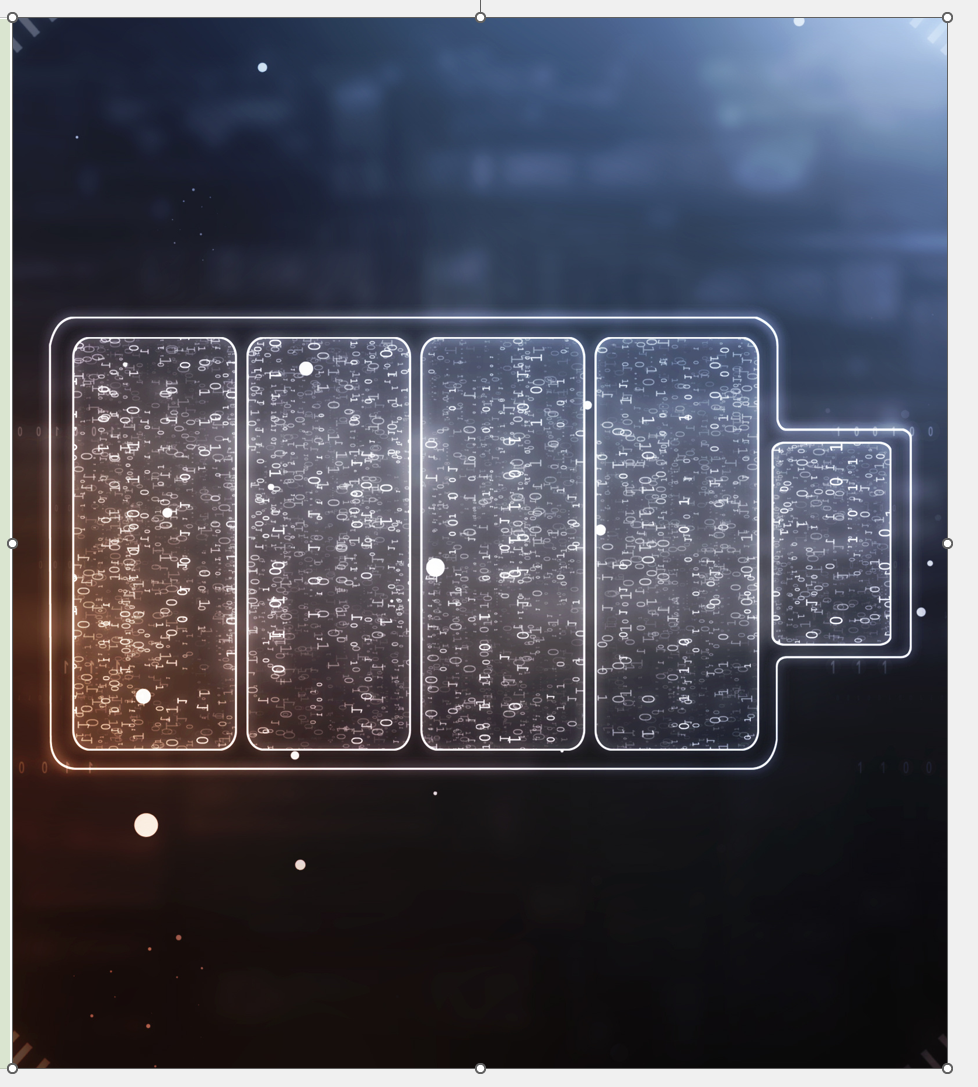
SPACER - Shaping Porous Electrode Architecture to Improve Current Density and Energy Efficiency in Redox Flow Batteries
SPACER is a research and training project funded by the European Union’s Marie-Sklodowska-Curie programme. It involves 13 partners and 8 associated partners from 9 different countries, who will recruit 17 PhD students for the project.
The general problem of flow batteries and other battery types is the relatively high levelized costs of storage. SPACER aims to develop new architectures for porous electrodes to improve the power density and energy efficiency of redox flow batteries, enabling affordable and durable long-duration energy storage.
